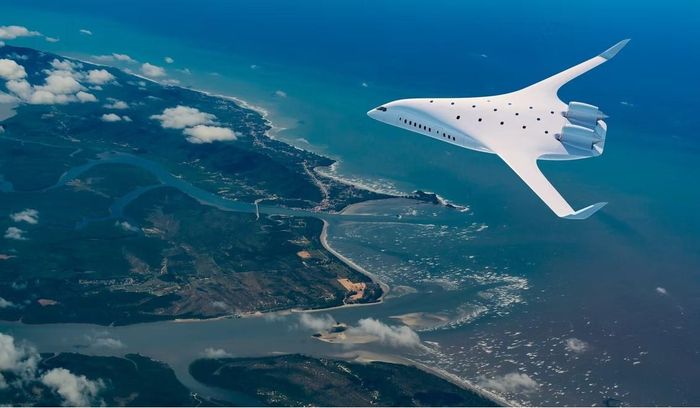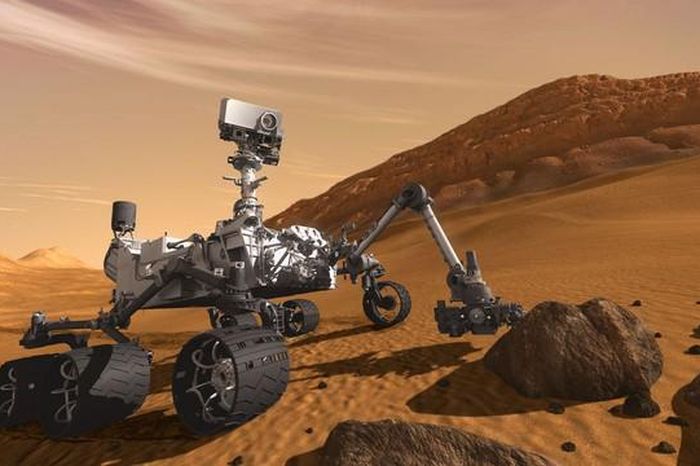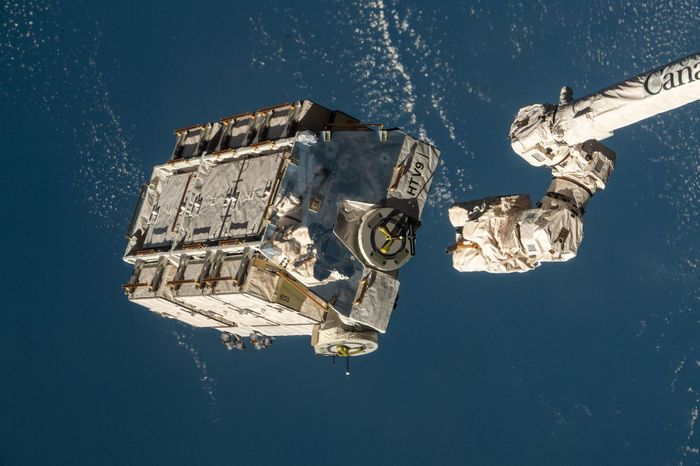FAA 'green light' for JetZero's 'mono-wing' aircraft

Over the past 60 years, the design of commercial aircraft around the world has remained largely unchanged. Modern airliners such as the Boeing 787 and Airbus A350 have a general appearance similar to the Boeing 707 and Douglas DC-8, which were built in the late 1950s, and maintained their 'tube and wing' design until Nowadays. That's because commercial aviation prioritizes safety, favoring tried and tested solutions. In addition, other developments in terms of materials and engines remain consistent with traditional designs.
However, the aviation industry is getting ready for a major transformation. At the end of March, JetZero aircraft manufacturer headquartered in Long Beach (California, USA) was granted a certificate of airworthiness by the Federal Aviation Administration (FAA) for aircraft with this equipment. Pathfinder "monocoque" design, paving the way for test flights. JetZero aims to put this aircraft into operation by 2030.
This completely new aircraft shape looks similar to the "monocoque" design used by military aircraft such as the B-2, but the wing has more volume in the middle section. JetZero CEO Tom O'Leary said the monoplane could reduce fuel consumption and emissions by 50 per cent, describing it as an 'incredible' leap forward in the industry. Are not.
The 'unibody' design is not a new idea. Efforts to build aircraft according to this design came from the late 1920s in Germany. American industrialist and aircraft designer Jack Northrop created such a vehicle in 1947, inspiring the birth of the B-2 bomber in the 1990s.
A hybrid of the "monocoque wing body" with the traditional tube body and wing style, the "monocoque wing" design allows the entire aircraft to create lift, minimizing drag. NASA says such a design helps increase fuel efficiency, creating a larger cargo or passenger area in the middle of the fuselage. They tested the design on the X-48 experimental aircraft.
Through more than 120 test flights from 2007 to 2012, two remote-controlled X-48 drones demonstrated the feasibility of the design. This type of aircraft will have a slightly larger wingspan than the Boeing 747 and can operate at current airport terminals. According to NASA, "monocoque" aircraft are also light, create less noise and emissions, and have lower operating costs than conventional transport aircraft.
Both aircraft manufacturing giants Boeing and Airbus are researching similar ideas. In 2020, Airbus built a small "monocoque" aircraft about 1.8 m long and expressed interest in creating full-sized aircraft in the future.
However, technical challenges are also causing manufacturers to "falter". According to Mr. O'Leary, one of the main challenges is the pressure on the non-cylindrical body. Cylindrical aircraft are better able to withstand the regular expansion and contraction cycles that accompany each flight. The tube body design and how to separate pressure on the fuselage and wings of the aircraft, while the monocoque wing design connects the two parts together. Currently, JetZero can process with composite materials that are both lightweight and durable.
The new shape will make the aircraft's interior look completely different from today's wide-body aircraft. With the same number of passengers, a "unibody" aircraft can have 15 - 20 rows of seats along the cabin, depending on the design chosen by each airline.
Mr. O'Leary said JetZero wants to simultaneously develop three versions of monoplanes used to carry passengers, cargo and fuel.
Despite the challenges, the 'monocoque' aircraft is opening up a promising path into the future of a revolution in aircraft design. The positive change signals a potential paradigm in the commercial aviation industry toward more efficient and environmentally friendly aircraft.
You should read it
- The way to chat Vietnamese in the way of Laughing Vietnamese on Zalo
- Instructions for creating double exposure images in Photoshop
- How to upgrade SIM pairing version 1 to version 2 does not need to buy a new paired SIM
- Netbook revenue in 2009 up as 'kite met the wind'
- Picasa 3.5: Add face classification feature
- Open the Chinese malicious database
 NASA robot enters the alien 'river of life'
NASA robot enters the alien 'river of life' Garbage falls from space and hits civilian homes in the US
Garbage falls from space and hits civilian homes in the US 'Hot' race to design a self-propelled vehicle on the Moon for NASA
'Hot' race to design a self-propelled vehicle on the Moon for NASA Anxiously awaiting the discovery of life on the moon 2.6 billion km from Earth
Anxiously awaiting the discovery of life on the moon 2.6 billion km from Earth Space junk from the ISS fell on a house in Florida
Space junk from the ISS fell on a house in Florida NASA chooses 3 companies to design lunar rovers for Artemis astronauts
NASA chooses 3 companies to design lunar rovers for Artemis astronauts